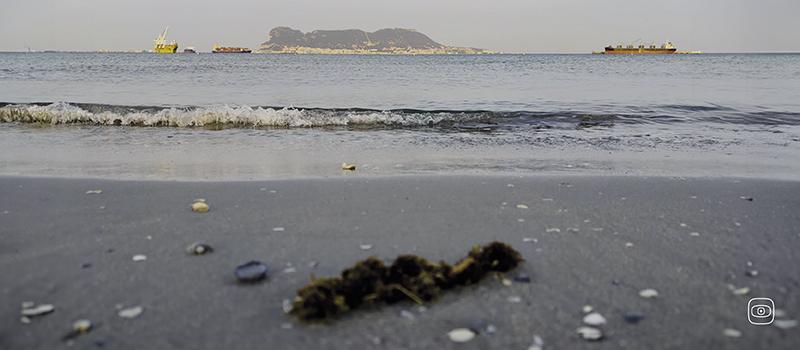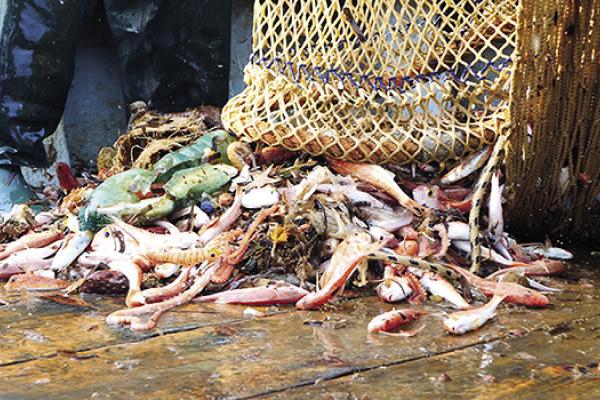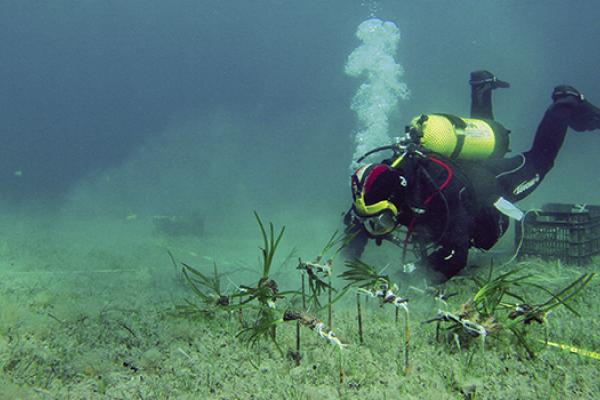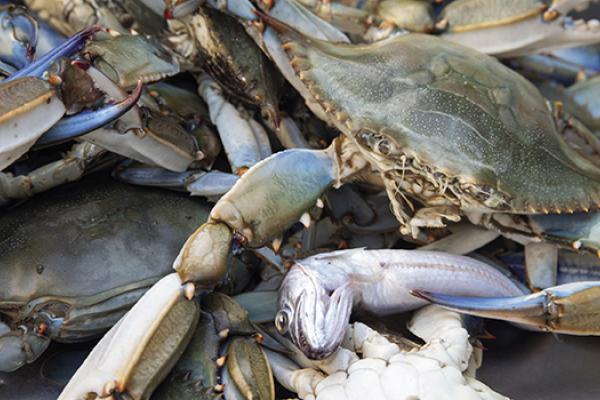Global shipping is a significant vector for the spread of invasive species, particularly through the discharge of ballast water. The Mediterranean, which covers just 1% of the world’s ocean surface, accounts for around 30% of global maritime trade. Its semi-enclosed shape, warming waters and strategic location make it highly vulnerable. A notable example is Rugulopteryx okamurae, an invasive seaweed species originating from Japan, which is damaging marine biodiversity and entangling fishing gear, thereby threatening coastal economies in countries such as Spain and Italy.
Although the IMO’s Ballast Water Management Convention establishes global standards, its enforcement is inconsistent, its systems have technical limitations, and key countries, such as Italy, have yet to ratify it. As maritime traffic increases, this investigation travels along Spain’s Catalan coast, through the Strait of Gibraltar, and on to Palermo in Italy, tracing the link between ballast water and the spread of Rugulopteryx okamurae. Along the way, we interview researchers, fishermen, maritime experts and innovators who are working to prevent and mitigate its impact.
The story portrays the impact of ballast water in the Mediterranean Sea, the current measures being implemented to prevent it and their effectiveness, and what should be done to prevent further accidental arrivals of these unwanted passengers.
Key findings:
- The most likely hypothesis for the arrival of the invasive Asian seaweed Rugulopteryx okamurae in the Mediterranean is ballast water from cargo ships entering through the Strait of Gibraltar and the Suez Canal, as well as it being a very likely vector for its spread along the coasts of neighbouring countries.
- The current status and enforcement of international ballast water regulations, namely the International Maritime Organisation (IMO) for the Control and Management of Ships' Ballast Water and Sediments, are insufficient to prevent the introduction of new potential invasive species from entering the Mediterranean.
- The IMO Convention stimulates that onboard systems must be capable of filtering out organisms measuring more than ten microns in size. However, some of the most harmful organisms to the marine environment have been found to be smaller than this threshold.
- Researchers and citizen science initiatives are increasing their coordination in order to improve and implement measures to prevent and mitigation measures on the entry and spread of invasive species in the Mediterranean.
On the right: The Strait of Gibraltar with cargoes around it and seaweed in the forefront. Photograph by Irene Baños.






